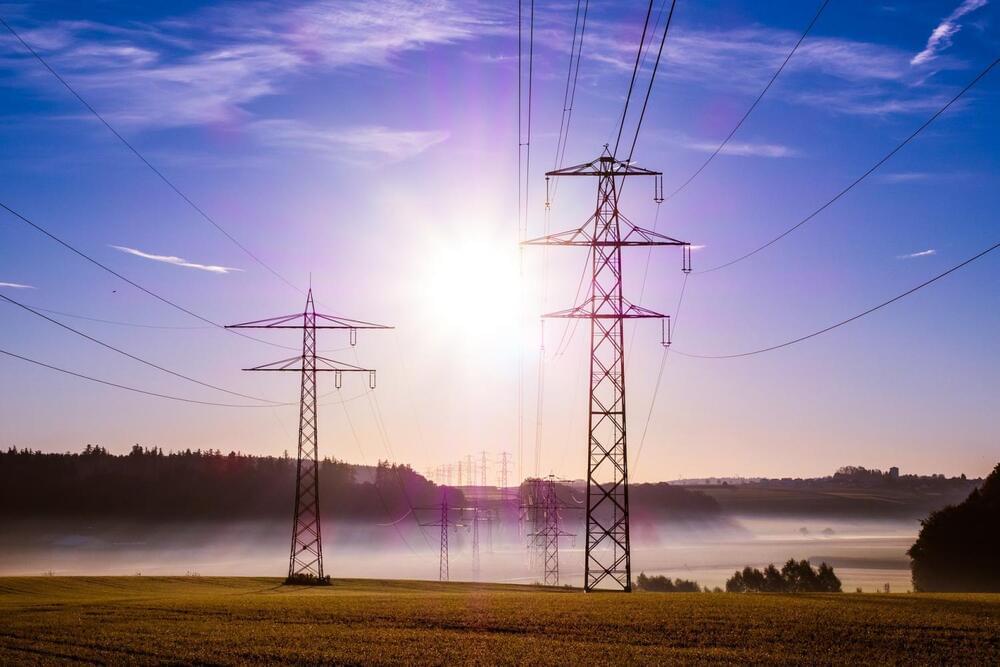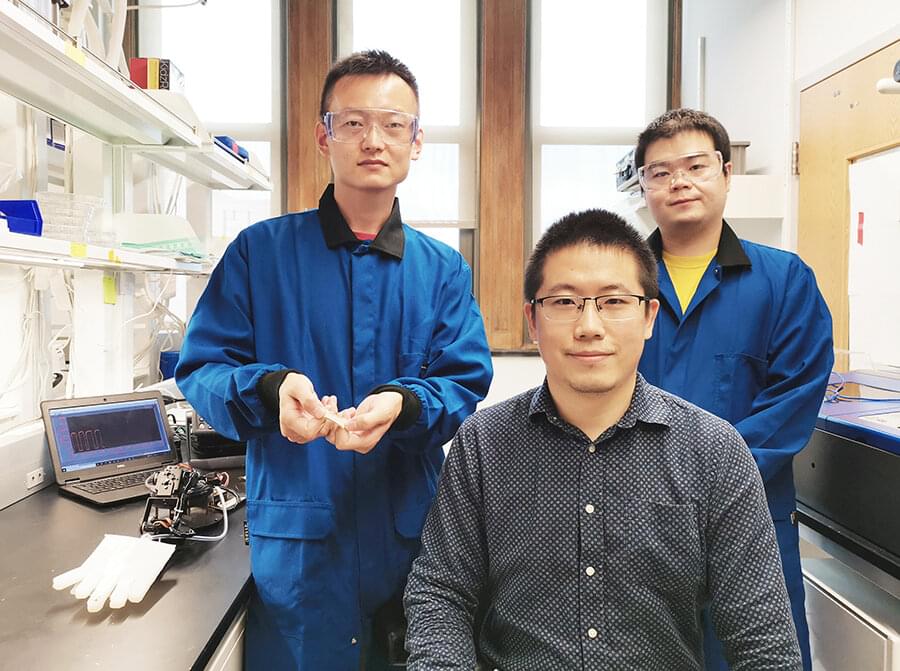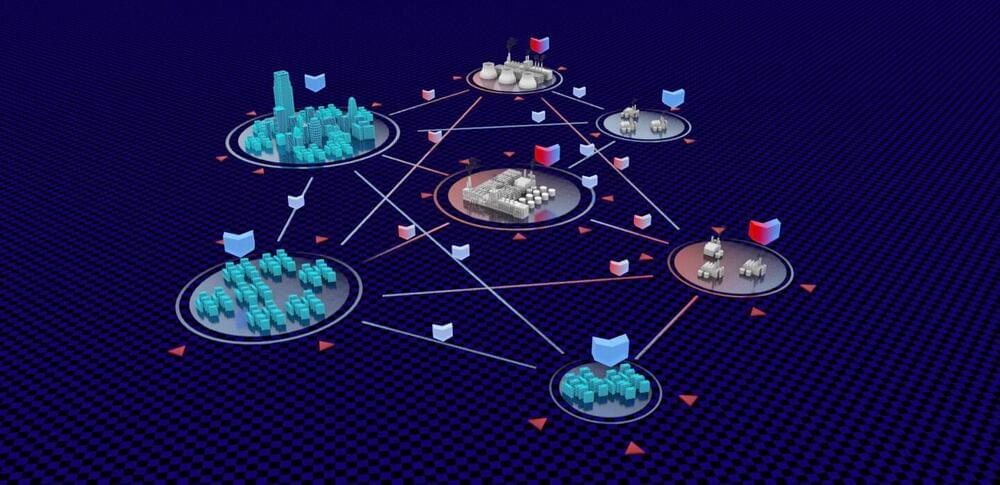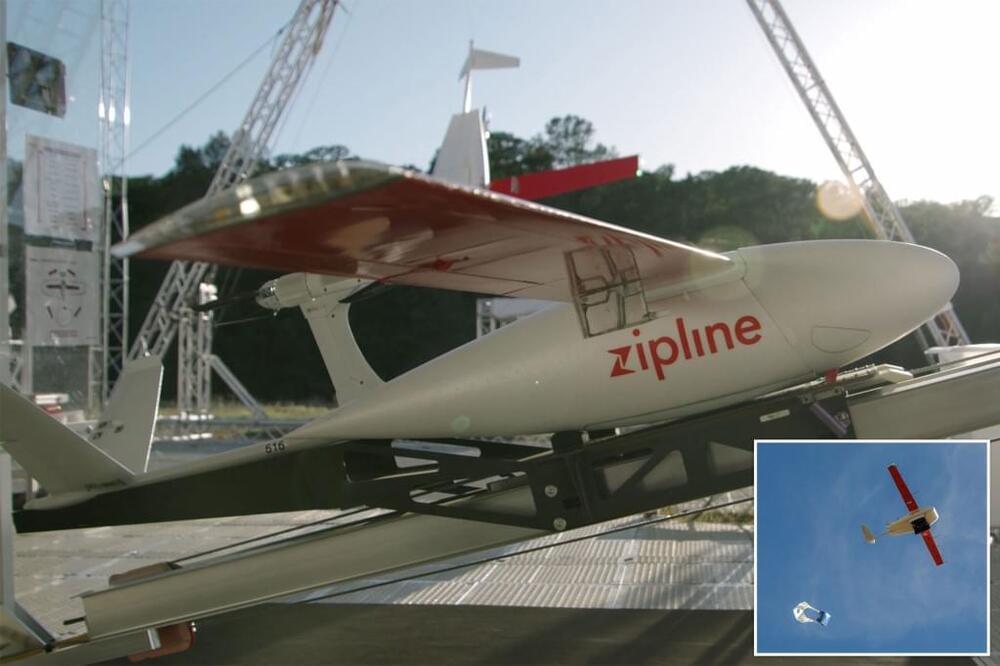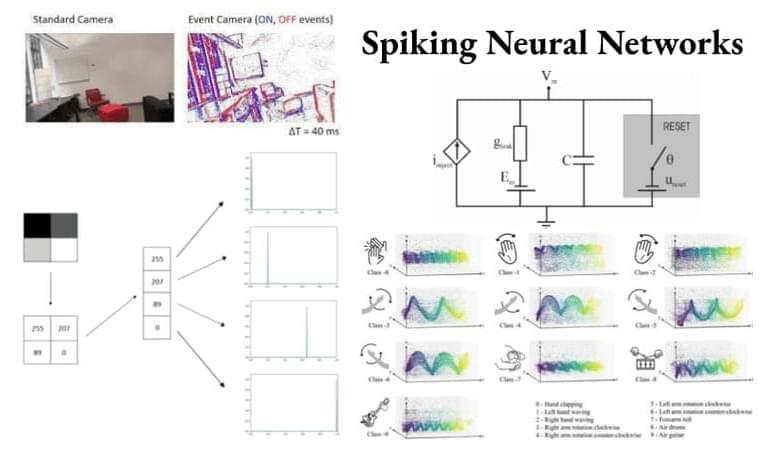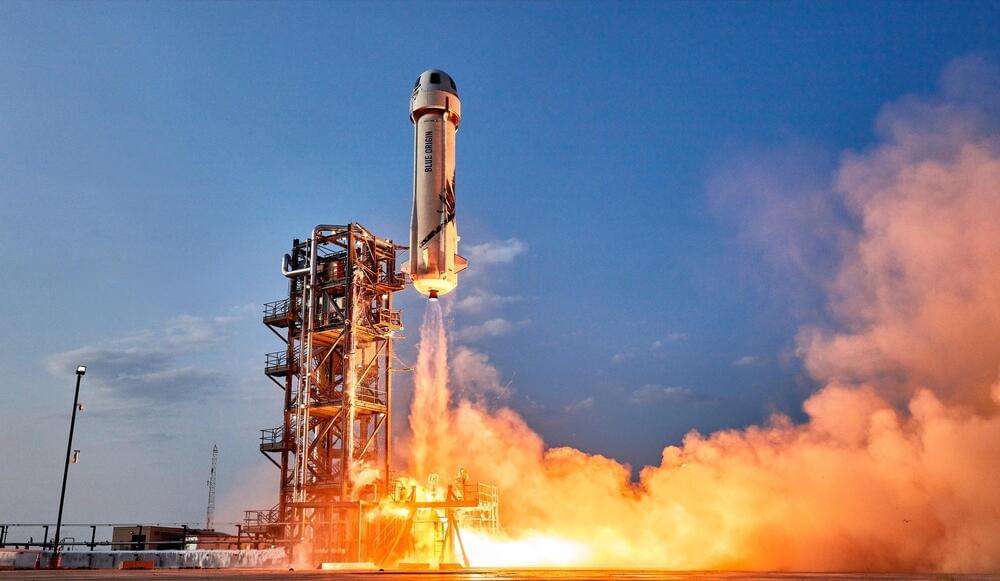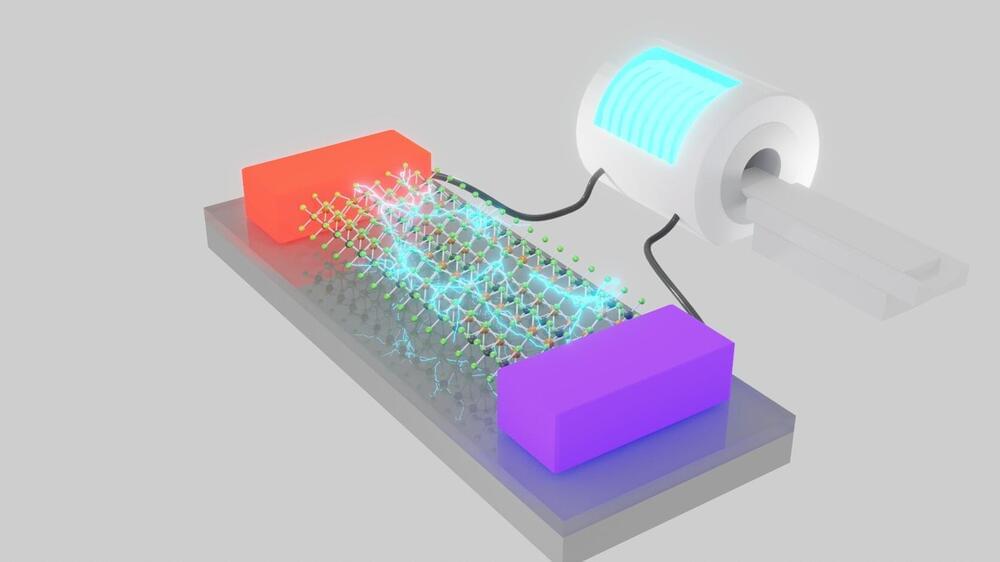Cost-slashing innovations are underway in the electric power sector and could give electricity the lead over fossil-based combustion fuels in the world’s energy supply by mid-century. When combined with a global carbon price, these developments can catalyze emission reductions to reach the Paris climate targets, while reducing the need for controversial negative emissions, a new study finds.
“Today, 80 percent of all energy demands for industry, mobility or heating buildings is met by burning—mostly fossil—fuels directly, and only 20 percent by electricity. Our research finds that relation can be pretty much reversed by 2050, making the easy-to-decarbonise electricity the mainstay of global energy supply,” says Gunnar Luderer, author of the new study and researcher the Potsdam Institute for Climate Impact Research. “For the longest time, fossil fuels were cheap and accessible, whilst electricity was the precious and pricier source of energy. Renewable electricity generation—especially from solar photovoltaics—has become cheaper at breath-taking speed, a pace that most climate models have so far underestimated. Over the last decade alone prices for solar electricity fell by 80 percent, and further cost reductions are expected in the future. This development has the potential to fundamentally revolutionize energy systems.
